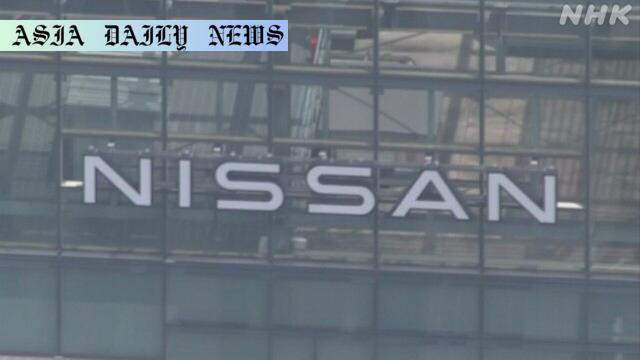Nissan to stop production at its CIVAC plant in Mexico by the end of this fiscal year, merging operations with another facility in the country.
Nissan is closing its CIVAC plant in Mexico due to low operational efficiency.
The move is part of a broader strategy to cut costs, including shutting down seven global plants.
Nissan faces challenges like tariff measures and aims for steady recovery through restructuring.

Nissan’s Cost-Cutting Strategy in Action
Nissan Motor Company has announced its decision to cease production at its CIVAC Plant in Mexico by the end of the fiscal year. This move comes as part of the automaker’s plan to address its ongoing financial struggles and optimize its resources globally. CIVAC, which faced a low operating rate, became a logical choice for cost-cutting measures. The plant will integrate its operations into another facility within Mexico to streamline production capabilities.
The closure of the CIVAC plant marks Nissan’s third overseas plant cessation, following earlier shutdowns in Argentina and India. On the domestic front, Nissan has also made significant cuts by ending operations at its Oppama Plant and the Shonan Plant operated by its subsidiary, Nissan Shatai, both located in Japan’s Kanagawa Prefecture. These strategic decisions highlight Nissan’s attempt to address overproduction issues and align with market demands.
Challenges to Nissan’s Business Strategy
The challenges faced by Nissan have intensified over the years due to various external factors. Key among these is the impact of US tariff measures, which particularly strained the automaker’s profit margins. The company’s restructuring plan, however, is emblematic of its commitment to remain competitive amidst these challenges. By consolidating operations and closing underperforming plants, Nissan hopes to achieve financial stability and operational efficiency.
The automaker’s broader restructuring plan includes shutting down a total of seven plants globally. This aggressive move underscores the severity of Nissan’s financial condition, as well as its unwillingness to back down from adapting to the global automotive market. By cutting back on resources and redundancies, Nissan aims to sharpen its focus on areas of growth potential, such as electric vehicles and sustainable automotive technology.
The Road Ahead for Nissan
Although the plant closures may appear to be a setback, they are part of a larger plan to revitalize the company. The integration of the CIVAC plant’s functions into another facility within Mexico could offer a more streamlined production process, ultimately reducing costs. It’s expected that Nissan will also continue to explore opportunities to innovate and expand its market share in emerging industries like EVs, which could offer a more sustainable and lucrative future for the company.
With the automotive industry increasingly competitive and complex, Nissan’s efforts to strategically downsize while embracing innovation may determine its position in the market’s future landscape. While these changes are expected to be challenging in the short term, they are poised to boost Nissan’s adaptability and resilience in the long term.
Commentary
The Implications of Plant Closures
Nissan’s decision to shutter the CIVAC plant in Mexico and two other overseas facilities is a significant indicator of the harsh realities facing the global automotive industry. The closures reflect not only the company’s response to internal inefficiencies but also the mounting pressures from external forces, such as trade policies and shifting consumer preferences, especially toward electric vehicles. By consolidating its operations, Nissan appears to be taking a decisive first step toward financial recovery.
While these closures may seem like setbacks, they offer an opportunity to streamline operations and refocus the company’s priorities. However, such moves come with human and economic costs. Thousands of jobs are likely affected, both directly and indirectly, in regions where Nissan plants play a vital role in local economies. It’s a reminder of how corporate strategies, though aimed at survival and profitability, can have widespread ripple effects on individuals and communities.
The Bigger Picture of Nissan’s Strategy
On the global stage, Nissan is likely positioning itself for a more sustainable future by reducing inefficiency and focusing on high-demand segments within the automobile industry. The push toward electric vehicles and smart automotive technology offers a promising avenue for the brand to regain its competitive edge. However, the success of this strategy will depend heavily on how effectively Nissan executes these plans and whether it can foster innovation while maintaining cost efficiency.
As the automotive industry undergoes rapid transformation, other automakers will undoubtedly watch Nissan’s restructuring closely. These closures not only represent a pivotal shift for Nissan but also underline the challenges traditional automakers face in adapting to an evolving market. Whether Nissan emerges stronger or struggles to maintain its footing in this competitive environment remains to be seen.


